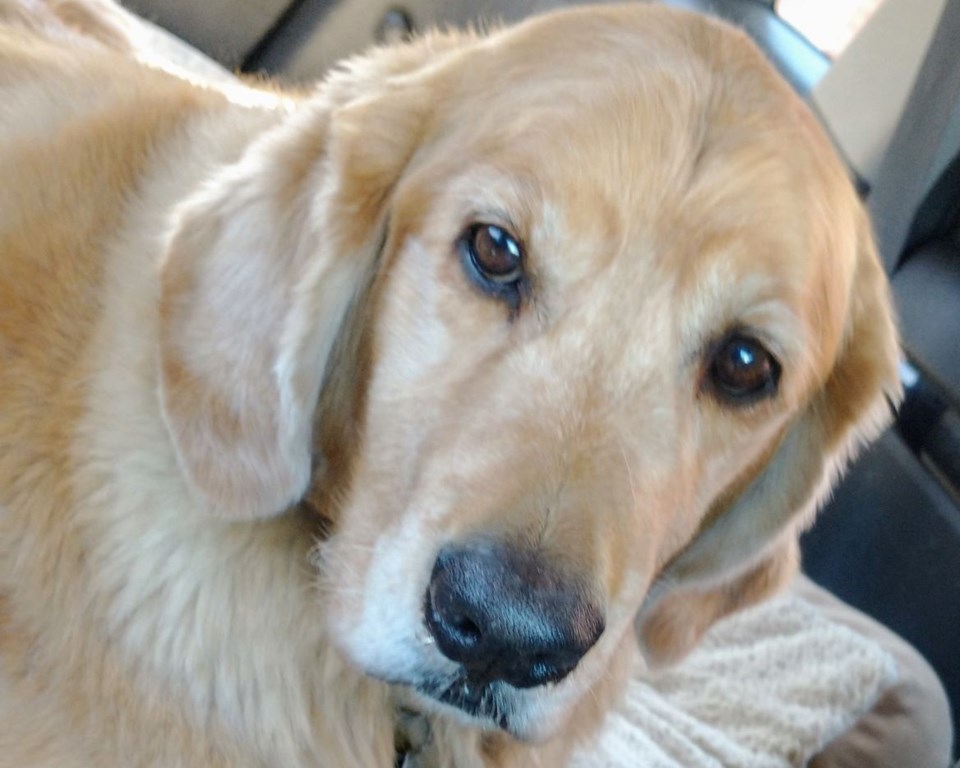OrilliaMatters welcomes letters to the editor at [email protected] or via the website. Please include your full name, daytime phone number and address (for verification of authorship, not publication). The following letter is in response to a letter about a decision to not attempt to rescue a dog that fell through ice on the South River, published Jan. 25.
In his letter, Phil Thompson states, “I cannot imagine this non-intervention rule being the governing law in any other jurisdiction.”
A little knowledge can adjust the limitations of our imaginations, and reporters could do a much better job at providing the readers with this knowledge.
While I sympathize with the Weavers’ loss of their beloved dog, Brody, I also feel bad for Fire Chief Risto Maki.
The original article states that the distance from shore is in question. The Weavers estimated the distance from shore was 20 feet, and the fire chief estimated 200 feet. There is some truth in the adage that there are two sides to every story, and the truth lies somewhere in between, but the distance and emotions are not the point.
To quote the original article, “the South River Machar Fire Department does not carry out water or ice rescues in swift water, and the South River falls into this category. He says the fire department is not trained in this kind of rescue, nor does it have the equipment for rescues of this nature, so it can’t save people or animals caught in this type of situation.” When I read the petition, the petitioner claims that the fire department’s website contradicts this claim in this article, but it is clear the petitioner misunderstands what the fire department’s website clearly states.
I am not a fireman, but I do have a little bit of knowledge of workplace accidents and the legal repercussions. My dad died in a workplace accident, and there was a coroner’s inquest that assigned responsibility to others for his death. New workplace rules are sometimes informed by coroners’ inquiries, not the speculation of armchair critics.
There was one workplace incident where I was sent to the hospital to be checked out after an equipment malfunction. Other than my ears ringing for several hours, I was fine, but my manager and I sat through meetings that went over the event in detail for a workplace safety (WSIB) report. You might be tempted to say that exercise was a waste of time, but it did result in changes to policies and procedures to try to prevent future incidents.
Armchair critics (myself included) would do well to give some benefit of the doubt to those who are certified and qualified to know what boundaries need to be in place that protect the worker. In this case, the various levels of government deal with the differences between Level 3 and Level 4 ice water rescues. The CBC article, ‘Negligence charge filed against firefighter trainer who oversaw deadly rescue exercise’ (Dec. 18, 2017), speaks to the level of risk in Level 4 ice water rescue, and it deals with the death of Adam Brunt on Feb. 8, 2015. Brunt died after part of his Ice Commander suit got caught on a piece of rebar during swift water training. The trainer was charged with criminal negligence in the death of Brunt, and volunteer firefighter Gary Kendall, who died in January 2010 in a fast water training exercise with the same training company.
The bottom line is this: The South River Machar Fire Department is trained, certified, and equipped for Level 3 ice water rescue. Because it is not certified and equipped for a Level 4 rescue, it is not authorized to initiate a rescue for animals or for people, regardless of the emotions and pain of the situation. Just because other locals did what people think the fire department should have done does not validate the claim of what the fire chief coulda/woulda/shoulda done in the minds of those who are not responsible. All fire chiefs are responsible for protecting the firefighters under their charge, and they are just as human as you and I. They are accountable to the various levels of government that authorize and limit the degree of action that is to be taken.
Armchair critics, including myself, would like to see some elasticity in the policies at times, but the various levels of government are not making arbitrary decisions in the policies they create and enforce. As armchair critics, we should not feel that we have the right to bully and harass fire chiefs who will be held accountable for what they are authorized to do, not what we wish they would do in certain circumstances.
Randy Baker
Orillia



